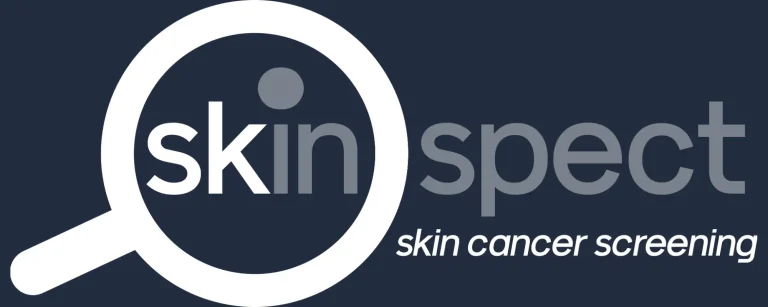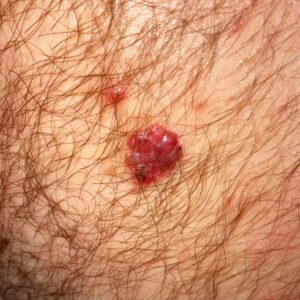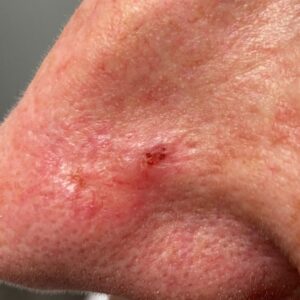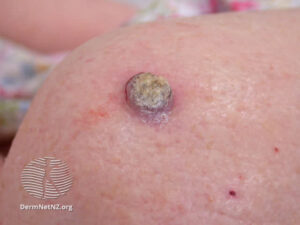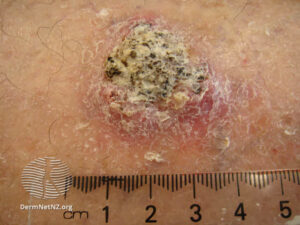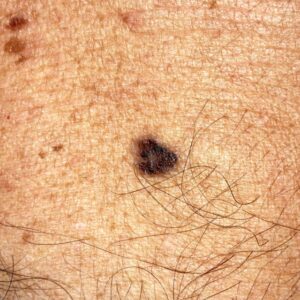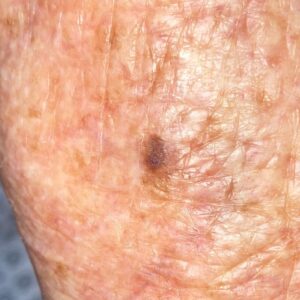The 3 Types of Skin Cancer You Should Know About
When skin cancer is mentioned our mind’s jump to Melanoma skin cancer! There are actually two other types skin cancer that are far more common than melanomas, although less dangerous. It’s easy to be none the wiser of the other two as melanomas dominate the media and are always in the spotlight of skin cancer awareness campaigns, for good reason as 350 people die from melanoma per year in New Zealand.
The 2 lesser known types of skin cancers are Basal Cell Carcinoma (abbreviated as BCC) and Squamous Cell Carcinoma (abbreviated as SCC). These skin cancers are referred to as non-melanoma skin cancers.
Fortunately, they are less dangerous and less aggressive than melanomas which is why they get less attention from the media and why there is a general lack of education and awareness.
Skin cancers are often perceived as ‘moles’ which is true for melanomas but not for the other two. BCCs and SCCs have very different characteristics and features to melanomas which means they don’t look like a typical mole. This introduces the term ‘lesion’ which allows us to speak more generally about different things that can be found on the skin – these can include moles, freckles, sun damage and more.
Non-Melanoma Skin Cancers
Basal Cell Carcinoma & Squamous Cell Carcinoma
Let’s start with the more common types of skin cancers, BBCs and SCCs, affecting an estimated 80,000 people per year in New Zealand.
Who is more at risk of developing a BCC or SCC?
- People who have had continuous and long term sun exposure either at work or in leisure time
- History of sunburn, particularly in younger years
- Suppressed or weak immune system
- People who use indoor tanning systems
- Fair skin, blonde or red hair, blue eyes and freckles have a higher risk
- Typically over the age of 50 although they can be found in younger people as well
Unfortunately skin cancers do not discriminate based on the factors mentioned above. Anyone can get skin cancer. This list just shows who may be at higher risk.
Basal Cell Carcinoma (BCC)
Overview of BCC
- Considered lower risk than melanomas and SCCs
- Slower to spread
- Easier to treat or remove in most cases
- Occur mainly on sun damaged skin
- Common on the scalp, neck, face, shoulders, arms and backs of hands but can be found on other parts of the body
Common signs of BCC
- Considered lower risk than melanomas and SCCs
- Slower to spread
- Easier to treat or remove in most cases
- Occur mainly on sun damaged skin
- Common on the scalp, neck, face, shoulders, arms and backs of hands but can be found on other parts of the body
Squamous Cell Carcinoma (SCC)
Overview of SCC
- Considered medium risk (Higher than BCC, lower than melanoma)
- Usually not life threatening
- Can be aggressive and must be treated to stop spreading to other parts of the body
- Occur mainly on sun damaged skin
- Common on scalp, ears, lips and backs of hands but can be found on other parts of the body
Common signs of SCC
- Scaly red patches of skin
- Can appear wart like
- Open sores that don’t heal
- Elevated growth with central depression
- May crust or bleed
- Sometimes tender or sore
Images courtesy of DermNet NZ (For educational purposes)
Melanoma Skin Cancer
Melanomas are the most dangerous and life threatening type of skin cancer, especially in New Zealand. Melanomas can develop very quickly and can be very aggressive. Unfortunately, over 350 people die from Melanoma each year in New Zealand.
A particularly dangerous characteristic of melanomas is that they can occur anywhere on the body – not just where sun exposure has occurred. This means they can occur in places that aren’t expected like on the nail beds, between toes, soles of feet, etc. They can be found anywhere on the body.
Overview of Melanoma
- High risk but less common than BCCs and SCCs
- Most aggressive and life threatening if not detected early and treated.
- Early detection = better prognosis (outcome)
- High tendency to spread to other parts of the body
- Can occur anywhere on the body – not just where there has been sun exposure
Common signs of Melanoma
The ABC’s are a generalized guideline for the public to help indicate whether a mole is likely to be a melanoma. Although a good starting point, it is recommended that a professional skin check is done to check the lesion of concern as well as getting other lesions checked.
It is important to note that a melanoma doesn’t need to meet all of the criteria of the ABCs.
The ABC's of Melanoma
A = Asymmetry – A lack of symmetry on the mole
B = Border irregularity
C = Colour, multiple colours such as black, brown, blue, gray, pink, red, white
D = Diameter of larger than 5mm or Different from other moles
E = Evolving /changing
G = Growing
F = Firm to touch
At Skinspect, our lead dermoscopist, Tracey Zeelie, has over 20 years experience in identifying different types of skin cancers and other suspicious skin lesions.
We make the process of getting your moles checked easy with a full body skin check. You can expect any moles and other lesions to be checked from your head to soles of your feet by a qualified dermoscopist who will make you feel comfortable and help educate you throughout the appointment.
To get peace of mind, book an appointment for your skin check.
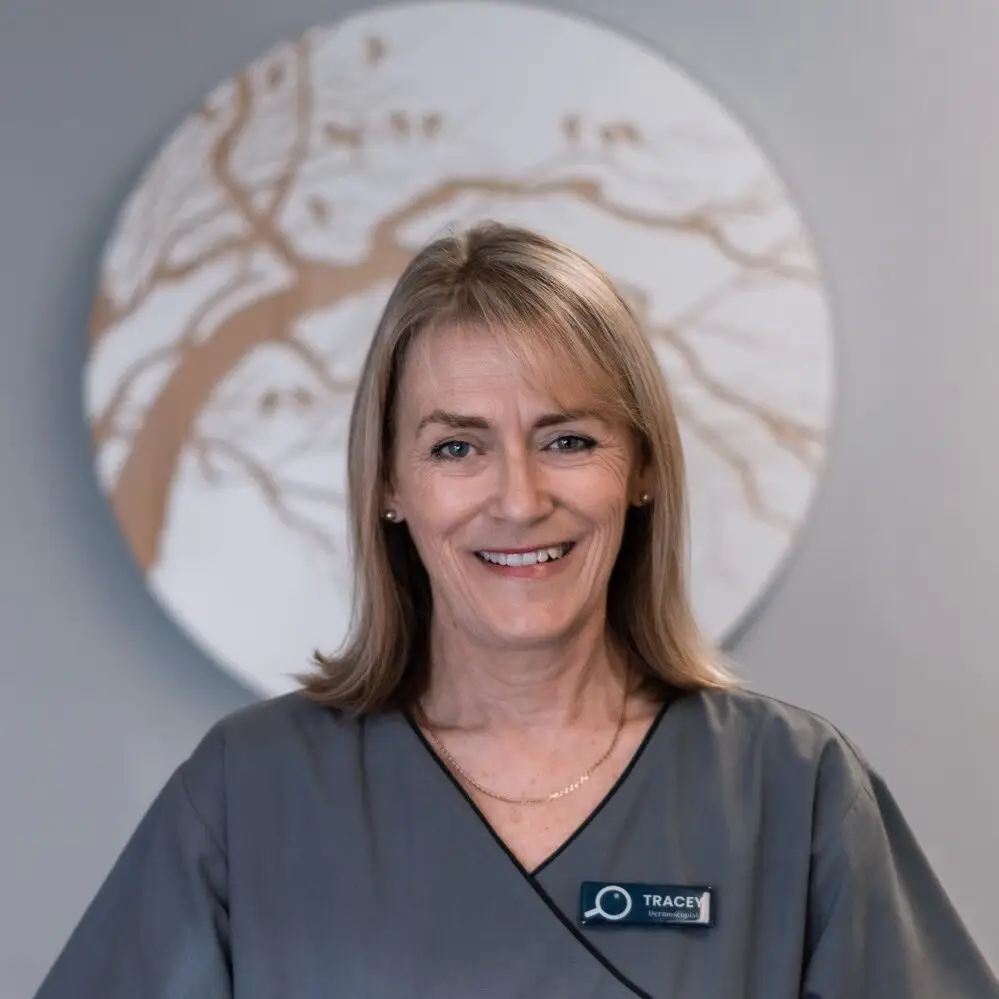
Written by Tracey Zeelie, Dermoscopist & Skin Cancer Specialist
Tracey Zeelie is the founder of Skinspect, a skin cancer detection clinic based in Auckland. With over 20 years of experience in skin cancer detection, she specialises in full body skin checks, mole monitoring and educating New Zealanders on skin cancer awareness and sun safety.
Disclaimer: This article is for general informational purposes only and is not a substitute for professional medical advice, diagnosis or treatment. Always seek the advice of your doctor or qualified health provider with any questions you may have regarding a medical condition.
